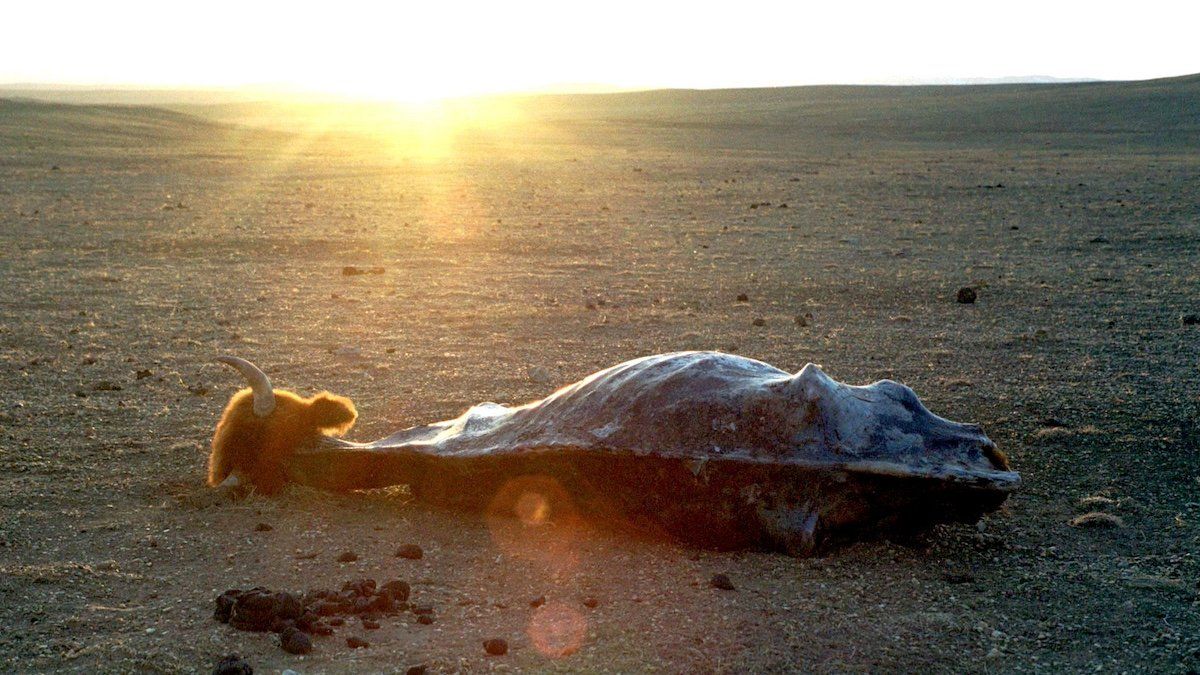Mongolia’s government is scrambling as catastrophic weather is killing animals so quickly that a quarter of the national herd may starve. Thousands of families face destitution after losing nearly all their livestock, which drives 80% of the country’s agricultural output and 11% of GDP.
What’s the problem? A nasty weather phenomenon known as dzud or “disaster,” a combination of dry summers and harsh winter storms that create layers of ice on the ground. Arid conditions leave animals underfed going into winter, and then they can’t crack through the rock-hard ice to forage. The resulting images are heartbreaking: lifeless, emaciated sheep, yaks, camels, and horses stacked high on pickup trucks for disposal.
Dzuds are nothing new, but scientists say climate change has made them more frequent. Six of the last 10 years have seen the dzud phenomenon in Mongolia, and this winter saw the heaviest snowfall since 1975. The government predicts that nearly 15 million animals may die in a country with just 3.3 million people.
What can be done? International aid has been grossly inadequate, with even a modest $5.5 million appeal from the Red Cross in March going 80% unfulfilled. The ancient lifestyles of the steppe may need to change permanently, as overreliance on herding has accelerated desertification, which worsens the dzud. Ulaanbaatar aims to expand the rich minerals sector as a more stable and sustainable economic pillar.